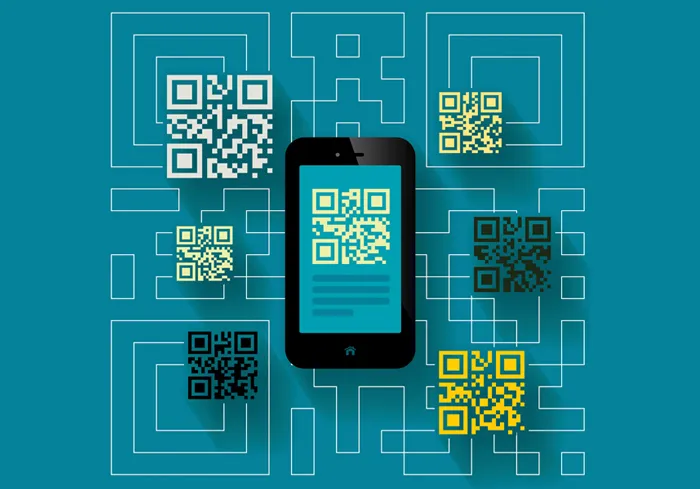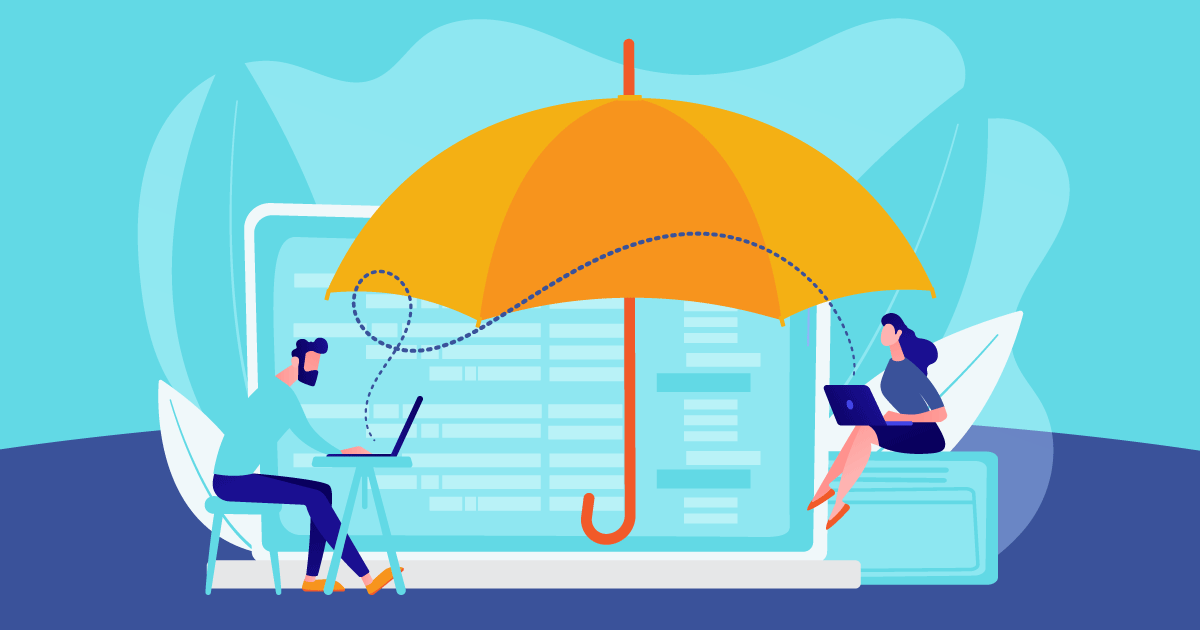As more people opt for contactless transactions and technologies advance, sending and spending money has become easy using digital wallets. From mobile payments to online purchases, digital wallets enable consumers to make transactions anytime and anywhere with flexibility and convenience.
Nevertheless, these cybercriminals may attack a digital wallet as well as it has access to sensitive financial information about you. And if you are running a business, you need to be double cautious about securing customers’ money transactions and data.
In this article, we provide some tips to secure and fortify your digital wallet to assist you in safeguarding yourself and your consumers from fraudsters.
What is a digital wallet, and how does it work?
A digital wallet is an application that allows you to manage your money digitally. It maintains your debit or credit card information on your phone and lets you pay for things. To further understand them, picture them as a digital wallet you carry on your phone. All your financial data is stored on the app, so you don’t need to carry a wallet full of cards.
Digital wallets use many technologies to make transactions safe and easy. They use NFC (near-field communication), tokenization, and encryption to protect your sensitive financial data from bank to phone to payment terminal.
Even if the shop is hacked, their cybersecurity measures will typically safeguard your data. Equally, credit card companies, credit card unions, and most big banks have cybersecurity layers to authenticate and safeguard wireless transfers. Apple Pay on iPhone and Google Pay on Android are eWallets.
Common Threats to Digital Wallets
Since cybercriminals realized digital wallets’ prominence, they’ve targeted them. Cybersecurity experts have sought to reduce consumer hazards, but there are still a few things to watch out for:
Unsecured Connections
Data transmission across your cell network is the most significant danger to your digital wallet. If security is lacking, hackers may steal payment information during transmission. Digital wallets usually encrypt data to prevent hacks; however, we advise against using public Wi-Fi without a VPN.
A user’s remote device and servers may communicate securely over an encrypted tunnel established by a virtual private network. Thus, your mobile system will be safeguarded from data thieves.
Theft and Loss
The loss or theft of your phone may be the greatest danger to your digital wallet. We advise keeping your phone out of sight and on your person, particularly while moving. Be discreet while unlocking and using your phone.
Suppose you have not protected your phone with a password or biometric authentication. In that case, a thief might quickly access your financial information and make purchases from your bank account before discovering your phone is gone.
Best Practices For Digital Wallet Security
Create a Strong Password
A complicated password is a strong defense against unwanted access, protecting your financial information from online attacks. Various capital and lowercase characters, digits, and symbols should be used; popular words or combinations that are simple to figure out should be avoided.
Another option is to use password management applications. In addition to safely storing your passwords, these tools help you create strong, trustworthy password combinations and make managing your many accounts easier.
Enable Two-Factor Authentication
The two-factor authentication (2FA) method entails the password and an additional verification form, such as a text message or an app notification. Since the intruder would need more than just the password to have access, this dual-layer protection dramatically reduces the likelihood of illegal access.
By connecting your account to a second device or app, you can be sure that no one else can access it—even if someone gets their hands on your primary password. This feature is called two-factor authentication (2FA).
Keep Software And Devices Updated
Updating your software is the best way of protecting your digital wallet. Such updates usually include security flaws patches that hackers exploit. Keeping up to date will increase the security levels of your digital assets because you stand less of a chance of being affected by known vulnerabilities or security flaws.
Updates are automatically downloaded and installed on various devices and apps as they become available. If you enable this function, you won’t have to remember to check for updates, guaranteeing you always get the most recent security fixes and enhancements.
Biometric Authentication
Digital wallets have never been protected as quickly as biometric verification methods, such as fingerprint and face recognition. This technique capitalizes on distinct biological traits and makes replication and hacking by intruders difficult or impossible.
When used with more conventional security measures, such as two-factor authentication and passwords, biometric authentication provides extra protection for your digital wallet.
Use Secure Network Connections
Criminals often target public Wi-Fi networks to steal sensitive information. Due to their inherent insecurity, digital wallets and other sensitive transactions should not be conducted on these networks.
The best way to protect your digital wallet is to use a virtual private network (VPN) or a private, secure Wi-Fi network.
Avoid Suspicious Links And Emails
An increasingly common danger is phishing schemes. These frauds coerce you into giving vital information by masquerading as genuine queries.
One way to protect yourself against phishing scams is to inform yourself of the methods utilized. Before providing any personal information, be sure the request is legitimate. Be wary of emails or texts from someone you don’t know.
Encrypt Your Wallet
Encrypting your wallet’s data ensures no one can access it without the decryption key. The encrypted data is safe and unreadable even if a hacker can access your digital wallet.
Encryption is a standard feature on most digital wallets. Use these tools to protect your data. If your wallet doesn’t come with native encryption, consider utilizing third-party encryption software.
Regular Monitoring And Account Review
Set up alerts for every transaction and conduct regular audits. Pay close attention to small transactions that are not easily identified. Hackers test theft with small amounts before major thefts so they are not easily traced.
Always review your account settings and activities and pay attention to your transactions. Ensure your security settings are continually updated, and check for any changes you may not have made.
Final Thoughts
Secure digital wallets require careful attention to details like the best security practices mentioned above. Since the landscape of digital threats is dynamic, there is a constant need for improvement. Protect your digital wallets now, and keep them secure in a never-ending quest to test and improve your defenses.
AUTHOR:
Jennysis Lajom has been a content writer for years. Her passion for digital marketing led her to a career in content writing, graphic design, editing, and social media marketing. She is also one of the resident SEO writers from Softvire, a leading IT distributor. Follow her at the Softvire Software Store now!










